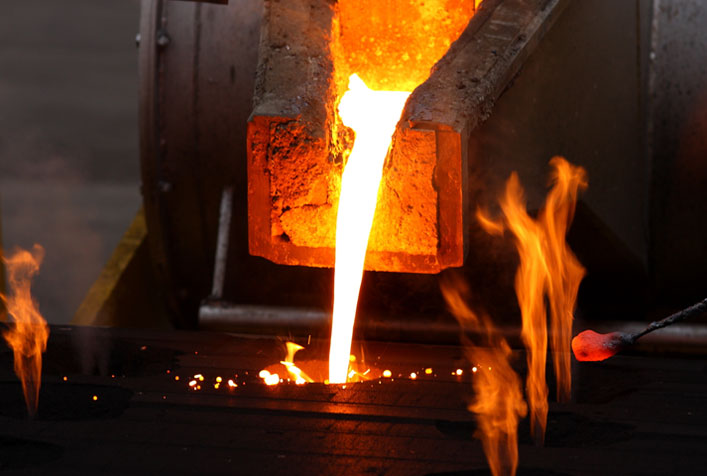Groundwater Contamination at Smelter Sites

Project Brief
The Challenge
Many former smelter sites have large groundwater contaminant plumes, often near residential communities. Contaminants typically leach into groundwater from mineral processing byproducts present at the surface or buried underground. This contamination can stem from practices that extend back more than a century.
Restoring groundwater is generally more challenging than remediating lakes and rivers. The U.S. Environmental Protection Agency asked ERG to examine how current and former mineral processing sites have affected groundwater quality and to assess traditional and innovative technologies for remediating contaminated groundwater at these locations.
ERG's Solution
ERG compiled information and reviewed literature on the nature and extent of contaminants at smelting sites, the site characteristics that favor contaminant migration, interactions with co-occurring contaminants, and remedial technologies that have been used or show promise for improving groundwater quality at these sites. Examination of data for 55 smelter sites listed on or proposed for the National Priorities List showed diverse hydrogeologic conditions, geographic locations, and levels of attention to groundwater contamination. Groundwater at these sites contained significant concentrations of more than 20 metals; seven sites had groundwater remediation technologies to address this contamination.
ERG has continued to support EPA’s research on metals contamination by conducting mapping, statistical analyses, and flow and transport modeling for sites where sufficient data on aquifer materials and groundwater plumes are available.
Client
U.S. Environmental Protection Agency